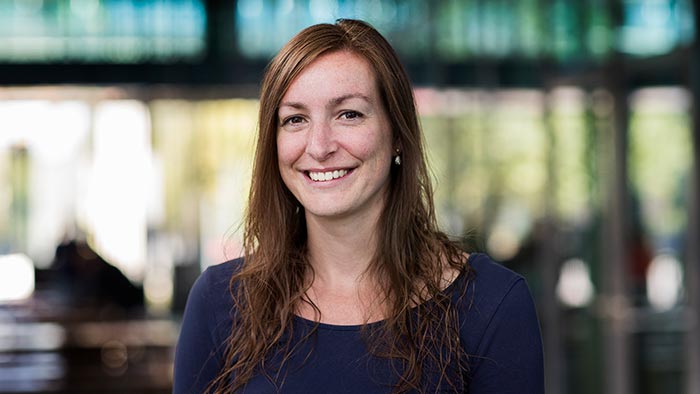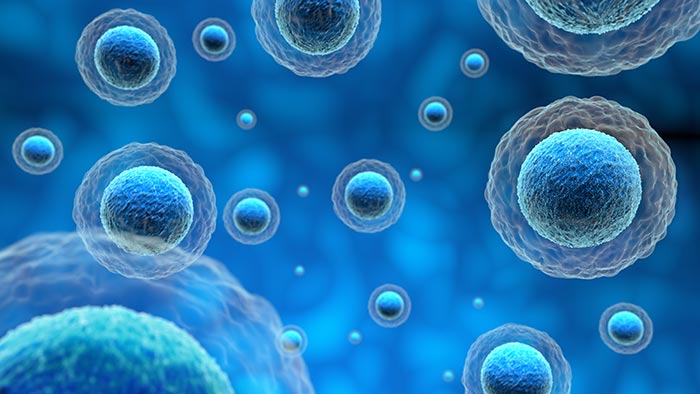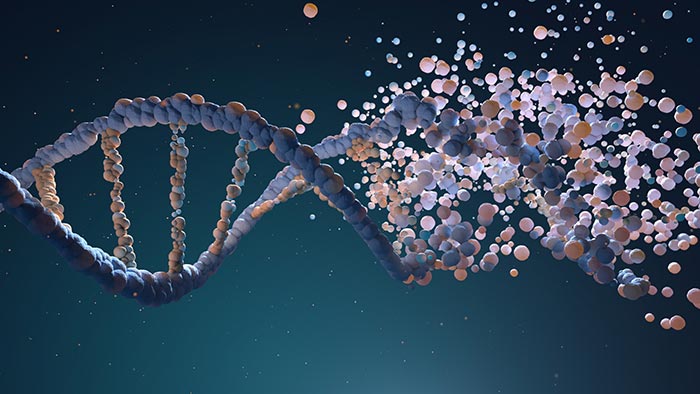Molecular highways and cell communication laying the foundations for exciting biomedical advances
By Carl Jackson
Across Australia, approximately 1,400 Australians are currently on an organ donation waitlist, desperately hoping for a life-saving transplant. But what if in the future we could create these organs on demand, eradicating these waitlists entirely?
This technology is still a long way off, but thanks to foundational research into cell communication like that done by Dr Simone Hendrikse, this future dream could one day be reality.

McKenzie Fellow Dr Simone Hendrikse
As a McKenzie Fellow at the University of Melbourne, Dr Hendrikse is interested in understanding how we can control cellular communication and organisation to provide a foundation for a range of biomedical applications.
Taking a multidisciplinary focus, spanning the interface of biology, engineering, chemistry, physics and more, Dr Hendrikse works on research at a molecular scale but with enormous potential.
Building a molecular transport system
There are a number of problems which need to be solved before we can create functional organs on demand for use in transplant patients, and a major one of these is cell communication. Cell–cell and cell–environmental communication is key in organ organisation and functioning. This “communication” or cell-talk is not static; hundreds of processes are constantly interacting, dissociating and even influencing one another making it highly challenging to mimic, let alone to control and manipulate.
To solve this problem, Dr Hendrikse is investigating something which many would usually associate with large scale transport and logistics research rather than molecular scale biomedicine – how to effectively move nanometer size cargo over several micrometers to a desired location.

The key to this logistics puzzle lies in DNA molecules attached to a polymer highway which allows a cargo-carrying ball to tumble along it on a pre-defined track. In this way, specific cargo can be transported between cells in a controlled manner that would initiate a desired response in the host cell.
In this way cells could also be transported from point A to point B to aid in hierarchical cell-organisation similar to that found in our organs in the human body – but they still need to remain in a suitable environment, otherwise they spontaneously form undesirable cell types (like fat cells instead of organ specific cells).
It’s therefore important to include the right components to maintain stem-cell characteristics as well as promoting organ specific cell type formation in order to create this biomimetic environment for the cells. Hydrogels which include “the smart highway” have the potential to control the growth of stem cells into mini-organs.
Organs to nanobots: the future possibilities are exciting
While still in its very early stages, this research has incredible potential to revolutionise the healthcare sector.
One exciting application that may be possible through mastering the ability to control where cells go and how they act is growing viable organs for use in human transplant patients. This technology, in addition to solving a longstanding difficulty with the availability of suitable donor organs, would mean transplanted tissue could be a perfect genetic match for its host, improving patient outcomes.

There are also applications beyond bespoke organs. Managing cell and cargo traffic could pave the way for huge advances in nanorobotics. These nanorobots would potentially be able to be programmed to perform specific functions at specific sites in the body (such as regenerating diseased cells or correcting hereditary conditions on-side) in a much less invasive procedure than most current treatments.
A few bumps in the road ahead
There’s clearly a lot of potential in this fascinating research, but there are a few challenges to overcome first.
One of these is making life-like, and so highly dynamic, materials by mastering control over moving processes. When we fabricate materials in the laboratory they are usually static, which is far from what is happening in our bodies. The challenge lies in making the material move over time and control its trajectory.
Moreover, due to the non-standard sizes of currently grown mini-organs, it is very difficult for researchers to get consistent and reliable results every time. With her new nanotechnology, Dr Hendrikse strives to control cell organisation into mini-organs to obtain more control over organ dimensions, and hence, to create more uniform and homogeneous organ samples. This is vital if the technology is ever going to be used in a clinical setting.
There are also a range of ethical concerns. Making alterations on a cellular level in human patients raises a variety of questions and will require a number of discussions to ensure the technology is used responsibly and for benefit and not harm.
Despite these concerns, this research signals an exciting future for healthcare, and will likely open up many other innovations in how society manages medical treatment well into the future.